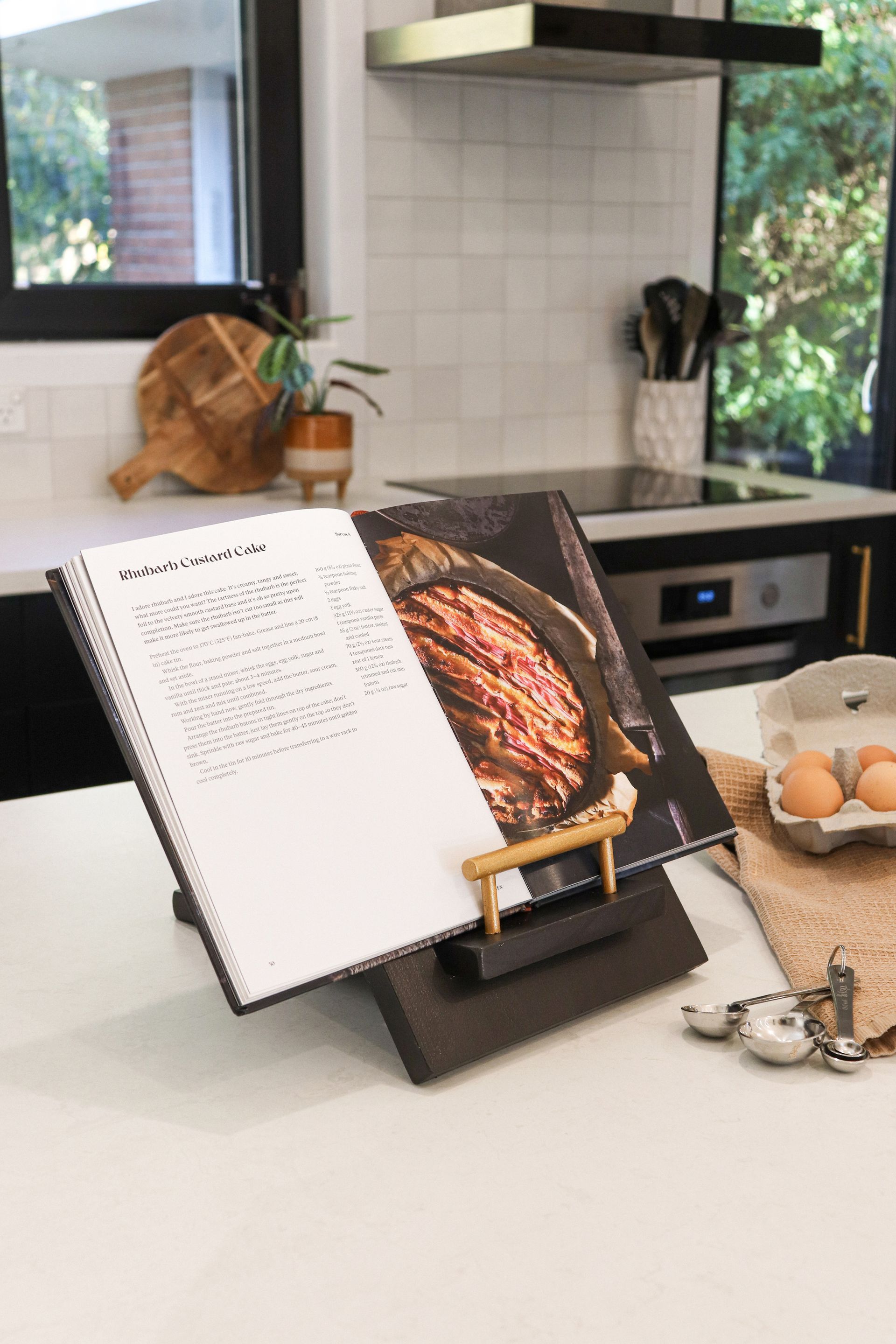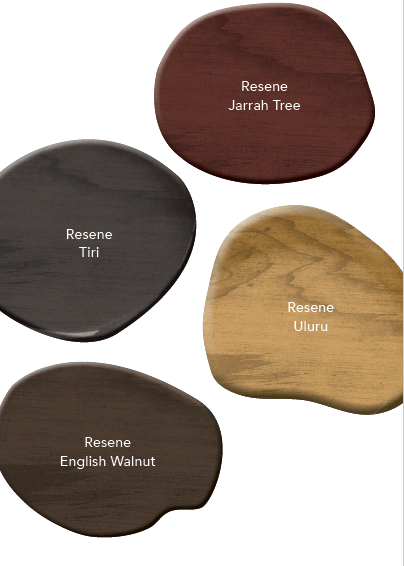Whether you’re tidying up your fence, staining your deck or freshening up furniture, now is the time to enhance and protect your external timber from the likes of water, fungi and UV light.
Preparation is key to successfully rejuvenating your timber and keeping it looking good for longer. Resene Moss & Mould Killer and Resene Timber and Deck Wash are must-use cleaners prior to getting started, and while it might be tempting, resist the urge to use your water blaster as it can badly damage the timber.
Fences and Planter Boxes
The Resene Waterborne Woodsman range enhances the natural grain and is ideal for a variety of external timber surfaces such as fences, planter boxes and weatherboards. Black hues such as Resene Pitch Black are a popular choice for fences as well as the smoked Resene Tiri and rich Resene English Walnut. Explore colour on your planter boxes with colours such as Resene Totem Pole, Resene Tamarind and Resene Rangitoto. If you prefer a painted finish, I recommend using Resene Lumbersider low sheen.
Make sure to select Resene CoolColour if you’re keen to use a darker colour. Resene CoolColour is available in both paint and stain finishes and will help reduce the risk of heat-related stress on your timber.
Decking
For optimal performance on hardwood decking timbers allow new, dressed or dense timbers to weather for two to three months before staining. Wash down with Resene Timber and Deck Wash and apply either Resene Woodsman Decking Stain, Resene Woodsman Wood Oil Stain or Resene Kwila Timber Stain. Resene Woodsman Decking Stain is a waterborne modified oil-based stain developed especially for new and weathered decking, while Resene Woodsman Wood Oil Stain is an oil-based stain that penetrates deep into the timber and is ideal if you’re wanting to achieve a natural look. Resene Natural and Resene Uluru are great colours for a natural or lightly washed look.
As stains are semi-transparent, the final finish will depend on the timber. Stains applied to light woods will appear much stronger and brighter in colour than stains applied to dark wood. Try a Resene testpot on a sample piece of the timber to ensure that it gives the desired result before coating.
Furniture
Easily maintain your outdoor furniture with
Resene Timber and Furniture Gel. This beautiful, waterborne gel can easily be rubbed along the grain of your timber with a lint-free cloth. Vibrant colours such as Resene Jarrah Tree, Resene Kwila and Resene Sheer Black will make your outdoor furniture look brand new.
Rebecca Long is a Christchurch-based Resene Colour Consultant. Be sure to check out the Resene Woodcare stand at your local Resene ColorShop and grab a copy of the Resene Exterior woodcare colour chart to get started with staining this summer. resene.co.nz/woodsman
Recent stories






